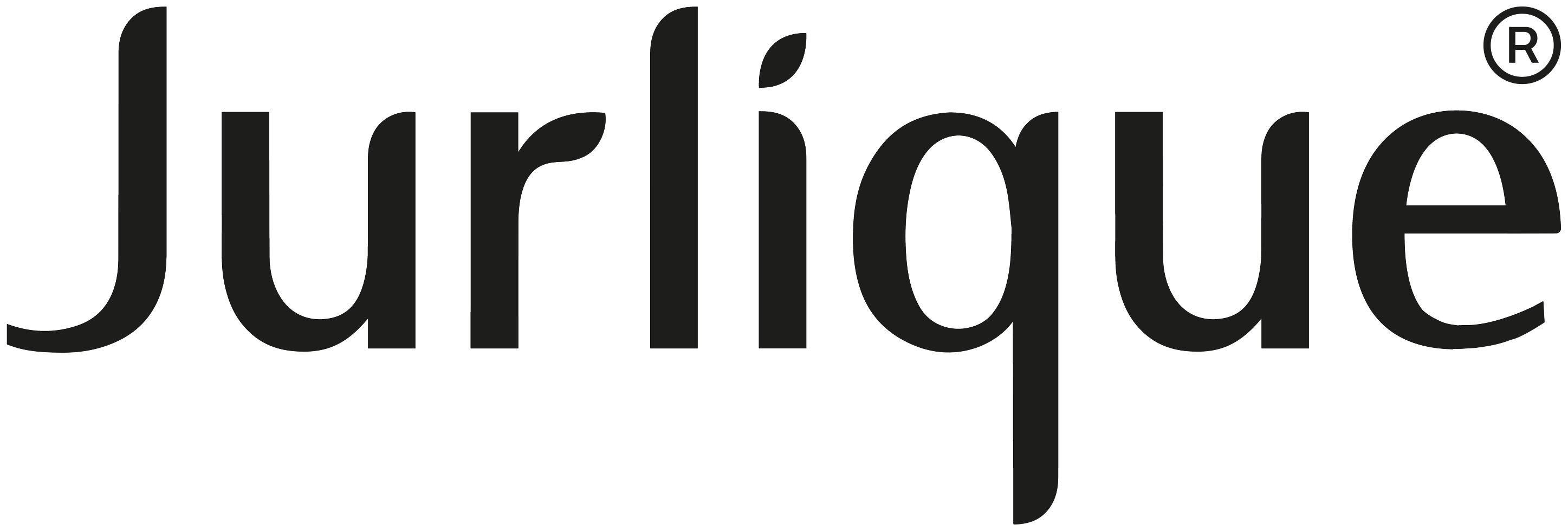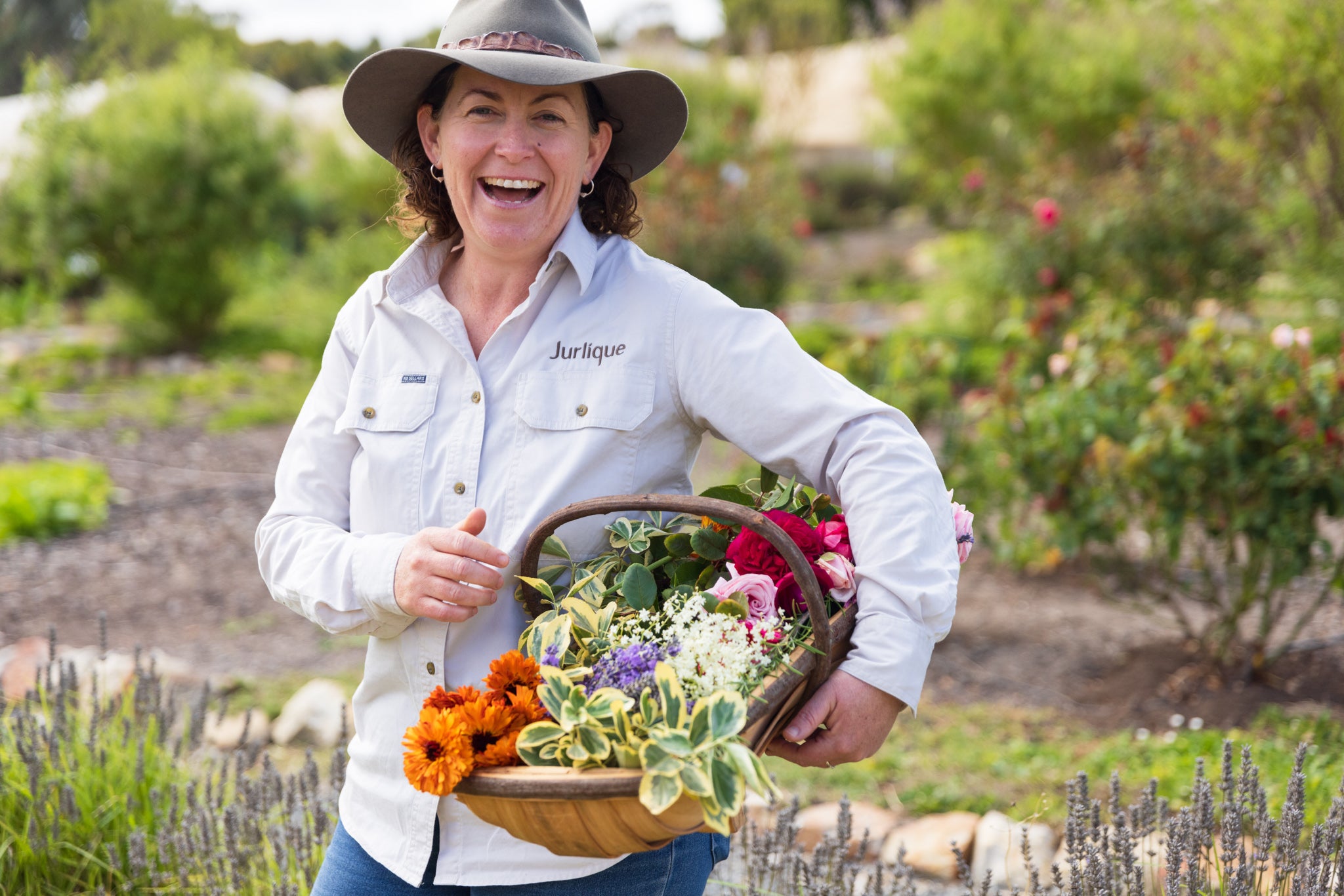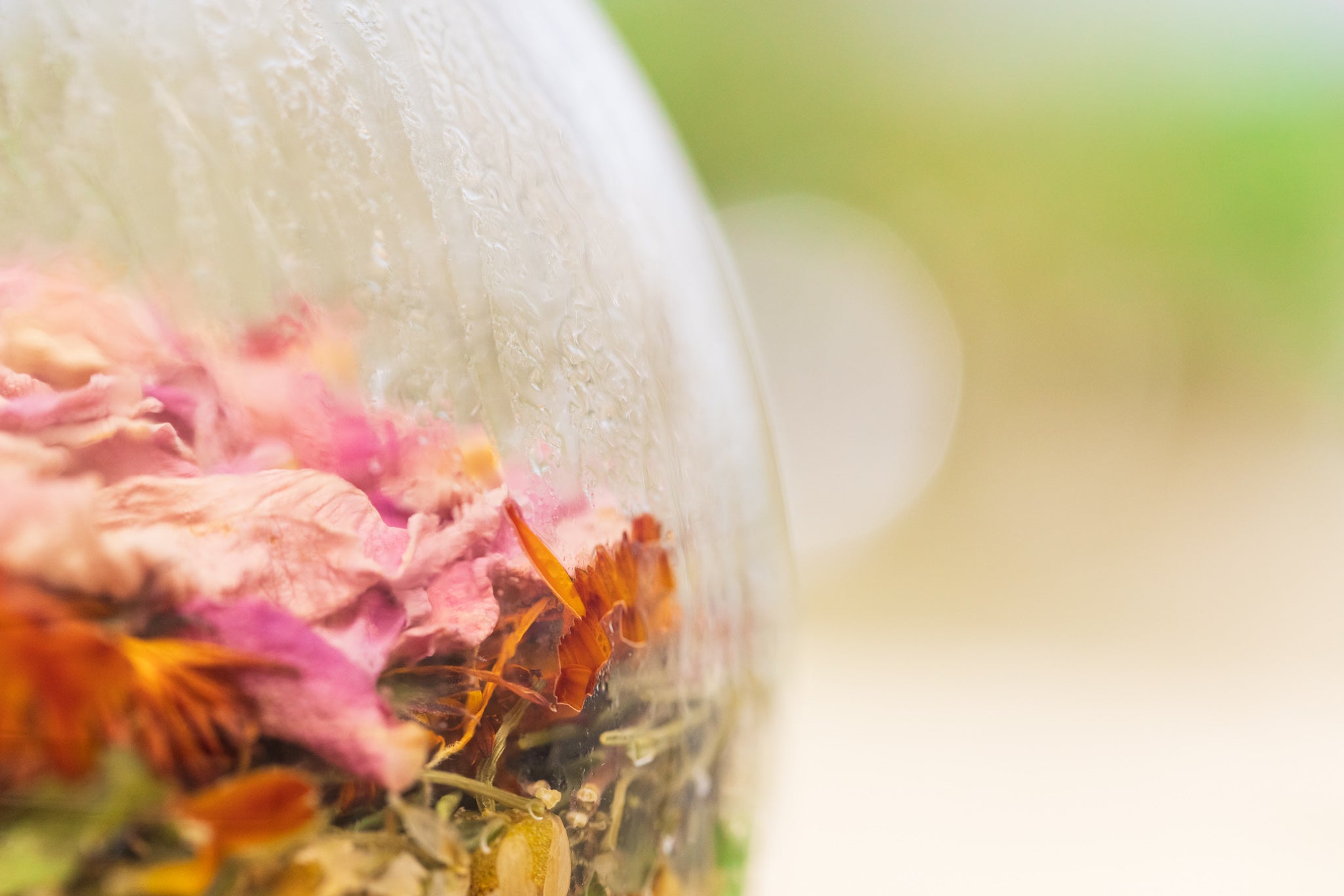What is multi-masking?
More often than not, your skin is doing different things in different areas. You could have oiliness in your t-zone, dehydration in your cheek area and dull skin everywhere else. Multi-masking is exactly as it sounds, it’s using different face masks in different areas of your face at the same time to target those specific concerns.
Mask 1: Congested Skin
Usually when your skin is congested, it tends to look tired and dull. You’ll find this happens around the t-zone area (forehead, nose and chin). Apply a mask that has a clay ingredient to that area. Our National Education Specialist, Lindsay Adam, says that Green Clay “assists with clearing out the skin of any impurities and breakouts in the t-zone area”. We recommend using our Intense Recovery Mask which is formulated with a base of naturally sourced Green Clay that absorbs impurities and rebalances. It also includes a blend of our farm grown botanical extracts, including Rose Gallica and Chamomile to help restore radiance to your skin once it has been decongested.
Mask 2: Sensitive Skin
Soothe any redness or irritation on your cheeks with a calming mask. If you have dry or sensitive cheeks, the last thing you’ll want to do is apply something that dries that area out. Our Nurturing Mask will do the trick! Enriched with nourishing plant-based oils including Shea Butter and Jojoba Seed Oil any signs of redness will be reduced leaving your skin feeling soothed and comforted.
Mask 3: Hydration
Plump and hydrated skin is always the goal. Once you’ve applied and rinsed off your purifying mask in your t-zone and calming mask on your cheeks, you’ll want to bring back moisture to your skin - something your skin will drink up right away. Apply our Rose Moisture Plus Moisturising Cream Mask to your entire face as an intensive overnight treatment. Made with Rose Oil and Shea Butter, it’ll help address visible signs of dehydration, brighten your skin and improve its overall texture. You’ll wake up with more supple and firm looking skin.
Hot Tips:
If you can’t hop into the shower to rinse off the masks, Lindsay recommends using a wet facial cloth.
You know what your skin’s concerns are best, so before you multi-mask, take the time to figure out what each area really needs before applying. You don’t want to apply an astringent mask to your cheeks if they’re sensitive as it’ll exacerbate the problem. Same with applying hydrating products over congested skin – it’ll only make it worse.
Don’t neglect your neck and the sides of our mouth. Apply your hydrating mask to this area fill out any lines and creases.
Find multi-masking daunting? You can start with the basic and learn the benefits of using a face mask here.







